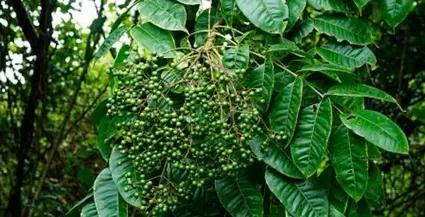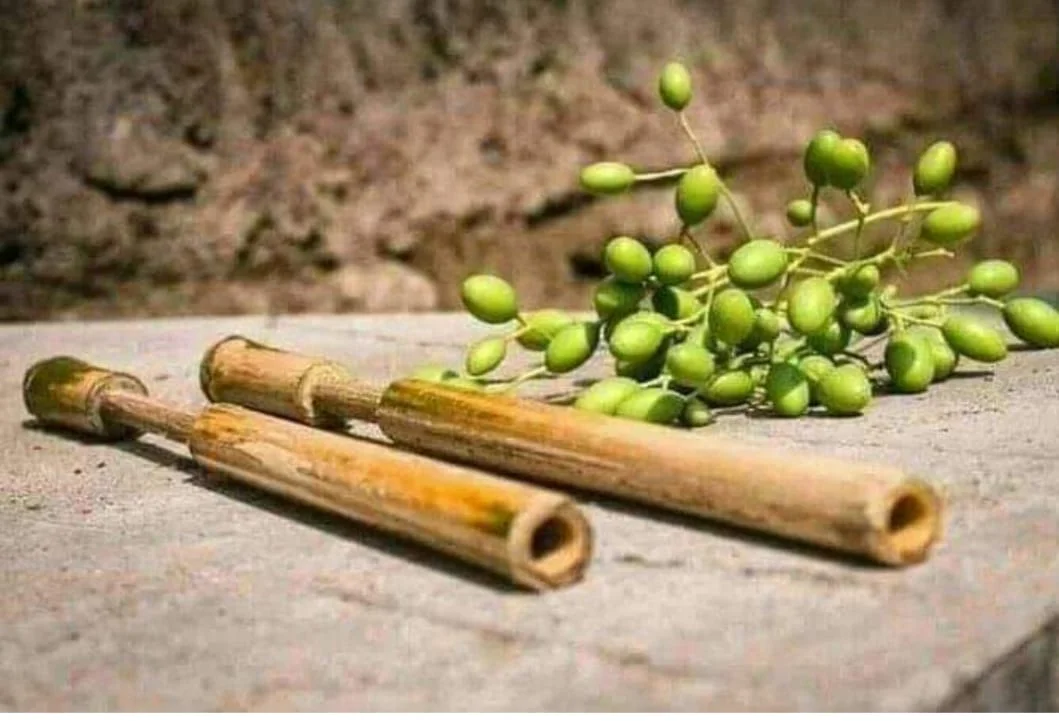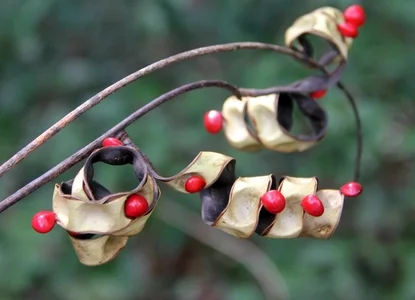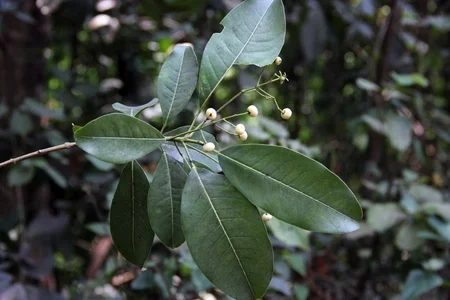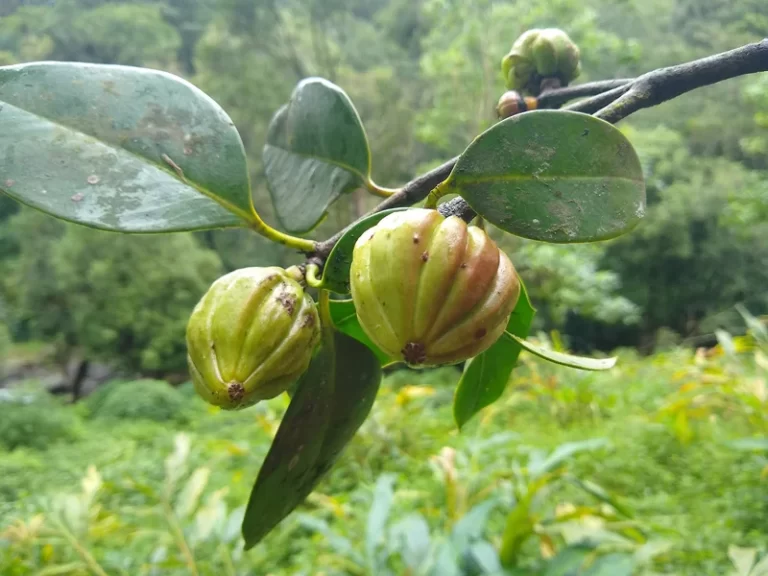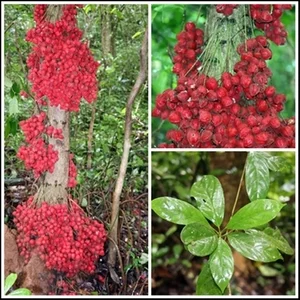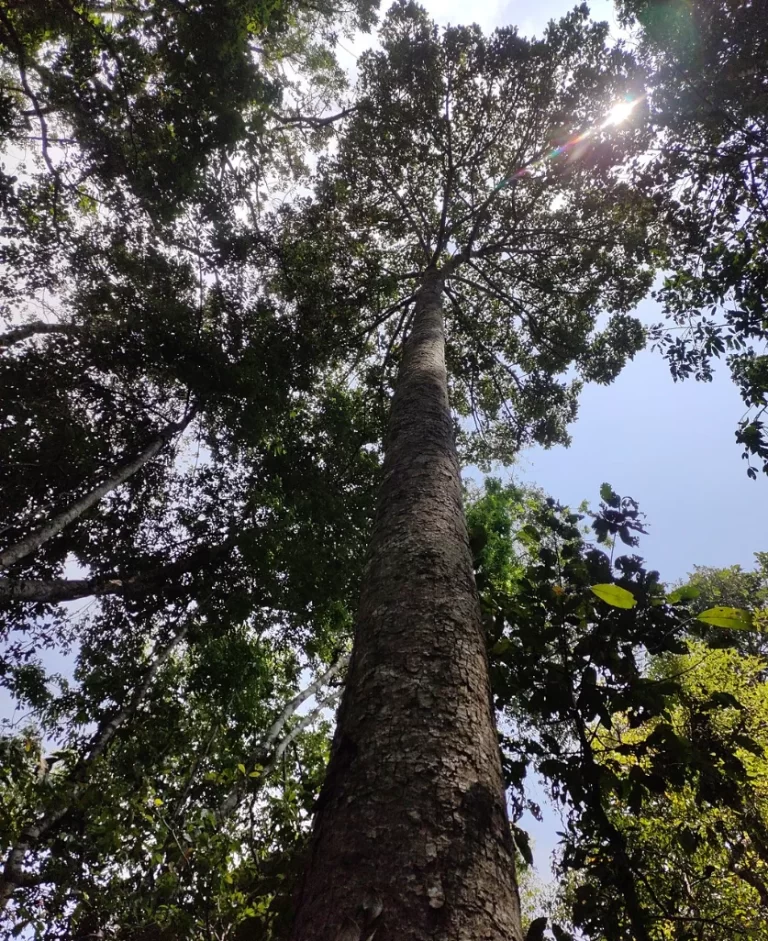Petlu Kayi
How many of you remember this ಪೆಟ್ಲು ಕಾಯಿ ?. We used to call it as Petlu – Petlu Kayi, one of the most powerful gun of Malenadu and Coastal regions of Karnataka. Petlu Kovi or Petlu Gun, works on the principle of air compression. Almost every kid’s goal is to have one of these back in days during the Krshnastami time.
Botanical name of the Petlu Kayi is Zanthoxylum rhetsa of the family RUTACEAE. Zanthoxylum rhetsa, commonly known as Indian prickly ash, is a species of flowering plant in the family Rutaceae and occurs from India east to the Philippines and south to northern Australia. It is a deciduous shrub or tree with cone-shaped spines on the stems, pinnate leaves with between nine and twenty-three leaflets, panicles of white or yellowish, male and female flowers, followed by spherical red, brown or black follicles.
Distribution and Habitat of Petlu Kayi
Zanthoxylum rhetsa grows in rainforest and coastal thickets from sea level to an altitude of 200 m (660 ft), and is found in India, east to the Philippines and south to northern Australia. It occurs in the northern Kimberley in Western Australia, the northern coastal areas of the Northern Territory, Cape York Peninsula in Queensland and on Gabba and Moa Islands in the Torres Strait.
Uses of Petlu Kayi
The people of Goa, the Konkan and Kanara coasts, and Coorg use the woody pericarp of the tiny fruits as a spice, particularly with seafood dishes. The spice is known as “triphal” in Marathi and “teppal” in Konkani – both words referring to the three lobes of the pericarp. The spice contains a chemical ingredient, sanshool, a local anesthetic that causes a tingling sensation on the tongue. Sanshool is also the main principle of Sichuan Pepper, which comes from the related species Zanthoxylum bungeanum and the Japanese/Korean pepper Zanthoxylum piperitum. Many butterflies, including Papilio buddha and Papilio helenus, use this as a host plant. Petlu Kayi is also used in making Pickles.
Video of Making Petlu Kovi or Petlu Gun
Go to Tulu News Page to read more about Tulu Nadu News, Events etc.
Go to Our Partner Website to book Self Drive Cars to drive in Mangalore, Udupi and Kasargod

